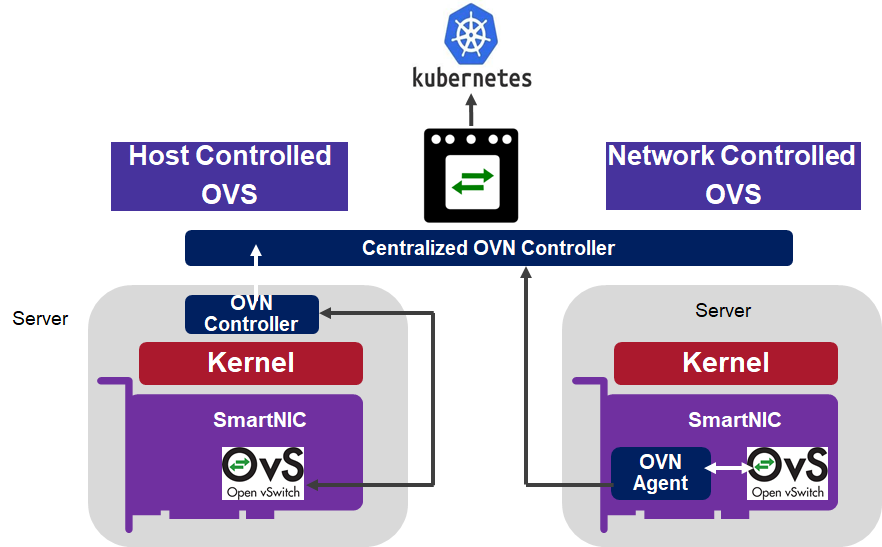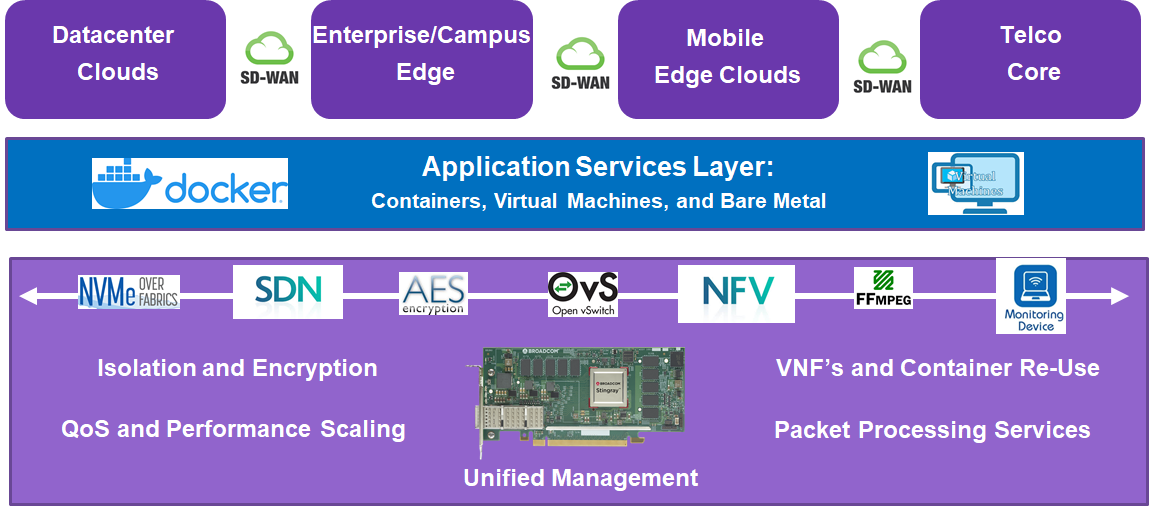/* Start of Template */- yihui wang
Blueprint overview/Introduction
<Purpose- it should introduce what the blue print is about, industry, business use case, applications and where it sits on the edge infrastructure>
<It should be readable by a semi technical audience , e.g. product marketing, business account executives etc>
Use Case
<use case 1>
<use case 2>
<use case 3>
Where on the Edge
Business Drivers
Overall Architecture
<This could inform the non-technical audience, but now is more geared towards a more engaged, technical audience>
< Blue print's relation to Akraino generic architecture, how it relates to it >
< This section will use the Akraino architecture document as reference>
Platform Architecture
<Hardware components should be specified with model numbers, part numbers etc>
Software Platform Architecture
<Software components with version/release numbers >
<EDGE Interface>
<ETSI MEC Interaction>
APIs
APIs with reference to Architecture and Modules
High Level definition of APIs are stated here, assuming Full definition APIs are in the API documentation
Hardware and Software Management
Licensing
GNU/common license
/* End of Template */
Integrated Edge Cloud(IEC) is an Akraino approved blueprint family and part of Akraino Edge Stack, which intends to develop a fully integrated edge infrastructure solution, and the project is completely focused towards Edge Computing. This open source software stack provides critical infrastructure to enable high performance, reduce latency, improve availability, lower operational overhead, provide scalability, address security needs, and improve fault management. The IEC project will address multiple edge use cases and industry, not just Telco Industry. IEC intends to develop solution and support of carrier, provider, and the IoT networks.
IEC Type 5 is focused on SmartNIC, which could accelerate network performance and provide more management convenience.
In general, the architecture consists of two layers: IaaS (IEC), SmartNIC layer. But in R3, we have two simple layers: Host Layer, SmartNIC Layer.
Use Case
- OVS-DPDK offload into SmartNic
Overall Architecture
SmartNIC Datacenter Services across all Clouds
Platform Architecture
For R3 Release, we haven't been using Kubernetes component.
Hardware and Software Management
The detailed hardware is itemized below
| Bare Metal Machine(Host Layer) | SmartNic Layer | System | Software | |
|---|---|---|---|---|
| Machine 1 | Intel(R) Xeon(R) CPU E5-2630 v4 @ 2.20GHz / 40 cores / 2 numa / 64G memory | ARMv8 16 cores / single numa / 16G memory / 25G bandwidth | Centos 7.5 | ovs-dpdk |
| Machine 2 | Intel(R) Xeon(R) CPU E5-2630 v4 @ 2.20GHz / 40 cores / 2 numa / 64G memory | ARMv8 16 cores / single numa / 16G memory/ 25G bandwidth | Centos 7.5 | ovs-dpdk |
Licensing
GNU/common license



